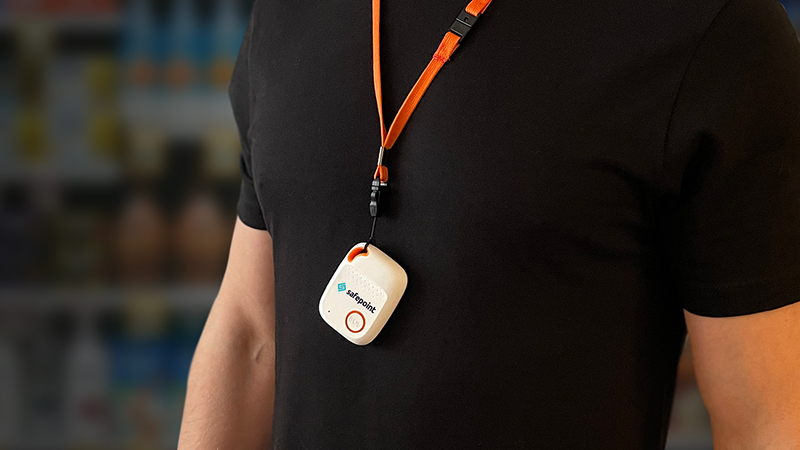 Statistics show that incidents involving lone workers are common across all industries, with 68 per cent of companies having experienced an incident involving a lone worker in the past three years. Worryingly, a fifth of these incidents were described as severe or very severe.
Statistics show that incidents involving lone workers are common across all industries, with 68 per cent of companies having experienced an incident involving a lone worker in the past three years. Worryingly, a fifth of these incidents were described as severe or very severe.
Anybody who works alone, including contractors, self-employed people and employees, is classed as a lone worker. This is defined by the Health & Safety Executive (HSE) as people who work by themselves without close or direct supervision, such as a security installer.
It’s estimated that around 20 per cent of the working population are lone workers, with around 8 million of these estimated to be working alone in the UK.
Now, Safepoint is calling for business owners to review and implement more robust safety protocols to ensure the safety of people who work by themselves. Lone workers are especially vulnerable because they operate without immediate support or supervision which increases the risk of accidents, health emergencies, and security threats. Without colleagues nearby, they may face delays in receiving help, which exacerbates the severity of incidents.
Employers have a duty to protect their staff, and without proper safeguards and protocols, lone workers are more susceptible to injuries, prolonged exposure to hazardous conditions, and delayed emergency response, which could lead to severe physical and mental health issues.
In the last few years, the Health and Safety Executive removed any upper limits on how much they can fine corporations for health and safety infringements. This means that fines for failing to adequately protect lone workers can rack up to millions of pounds for larger companies.
Safepoint’s CEO Callum Coombes said: “Ensuring the safety of lone workers is not just a legal obligation but a moral one, so employers must take proactive steps to protect these vulnerable employees. That being said, failure to comply with the regulations could result in businesses facing fines of thousands – or even millions – of pounds.
“There will always be greater risks for lone workers without direct supervision or anyone to help them if things go wrong, but we’ve seen firsthand how monitoring and communication systems can transform the safety landscape for isolated employees.”

